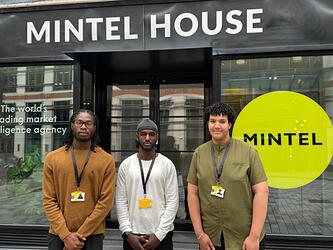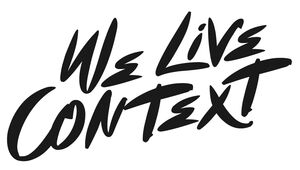View from silicon valley
Our industry’s fascination with the art of storytelling – or the science of it, depending on your perspective – isn’t new. Storytelling is a rebranding of the single most vital skill for a researcher: persuasiveness.
That’s not to say the rest of the research process isn’t important. Clearly. However, the end goal of any research study is to ensure that the customer’s voice is considered in a business decision. Without the ability to persuade clients or stakeholders to listen to the data and take heed of what those customers are saying, the rest of your work is for nought.
The assumption that better design = a more compelling presentation = better storytelling = more persuasion power doesn’t always hold. Don’t get me wrong – I spend far, far longer than I care to admit designing Keynote slides, and I’m a huge advocate of the power of great design. But there are alternatives that should be given equal consideration.
In the US, I’ve found a very different approach to bringing research to life, and it requires a role that I haven’t often found around research teams before – a product manager.
Working in tech means that product always comes first, so the more we put our research into that language, the more persuasive we can be. Practically, this means working with agencies on delivering insights as more than a presentation, or an infographic, or even a dashboard, and instead as a ‘product’ – a set of tools that allows clients and stakeholders to explore and understand the insights themselves.
Historically, we’ve been nervous about relinquishing control over our hard-collected data in such a way. The analysis happens away from prying eyes and the client sees the polished summary of the story. But that’s not the approach I’ve seen taken here.
Recently, I’ve been working on a segmentation project and the agency – Lieberman Research Worldwide, for full transparency – added a technical manager to the project team, alongside a designer, to build products around its findings. This has been stupendously helpful in making the segments more tangible and actionable, and less abstract, as they can sometimes feel. Two examples stand out.
First, we wanted to analyse what our segments were interested in. A fairly standard request, and usually delivered as a bar chart as part of the debrief.
Instead, we received a designed and branded TURF [total unduplicated reach and frequency] analysis tool in Excel, which allowed anyone to explore each segment’s interests and understand the optimum combination to build creative and media plans around. An old analytical technique, but when it’s delivered as a tool such as this – even just as a smart Excel sheet – suddenly all the teams we work with wanted to play and explore the data in a hands-on fashion that the best presentation could never accomplish.
Second, when we wanted to understand how to prioritise our segments, we received a workbook containing data across several dimensions – from value to brand fit – with editable weights for each, and suggested values for those weights. This meant the teams we worked with could adjust the weights themselves and understand how we were prioritising our target segments. Again, a simple approach, but delivered in a way that encourages people to explore the data themselves.
Working in the United States has made me think a lot about how to present research in future, and how we should start learning to deliver it as a product or a toolkit.
Bringing into my team people who understand how to build these is a high priority for us – and I hope to see it being considered, alongside design, at the next conference session I hear on storytelling.
Matt Taylor is consumer insight lead at Twitter

We hope you enjoyed this article.
Research Live is published by MRS.
The Market Research Society (MRS) exists to promote and protect the research sector, showcasing how research delivers impact for businesses and government.
Members of MRS enjoy many benefits including tailoured policy guidance, discounts on training and conferences, and access to member-only content.
For example, there's an archive of winning case studies from over a decade of MRS Awards.
Find out more about the benefits of joining MRS here.











0 Comments